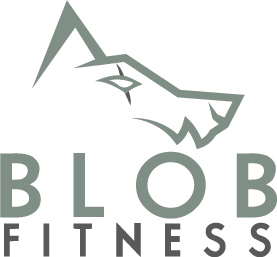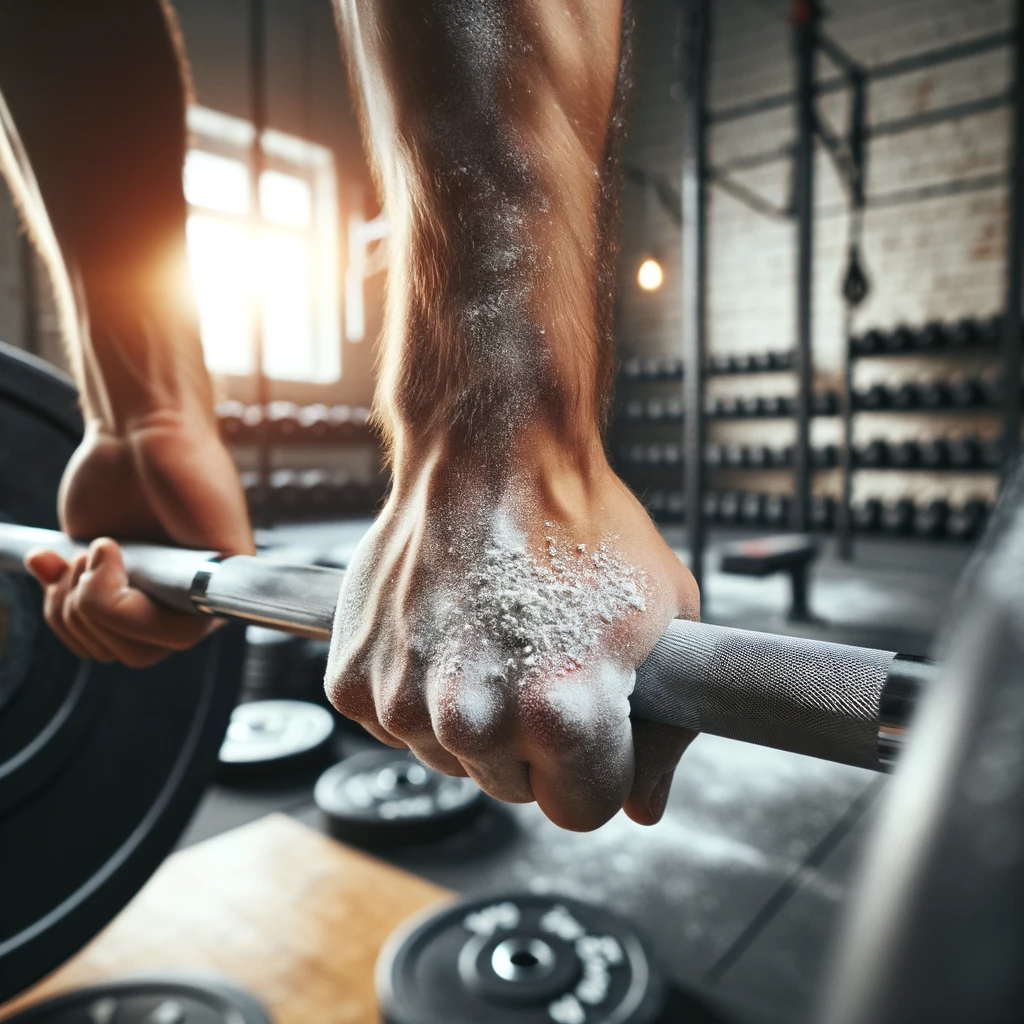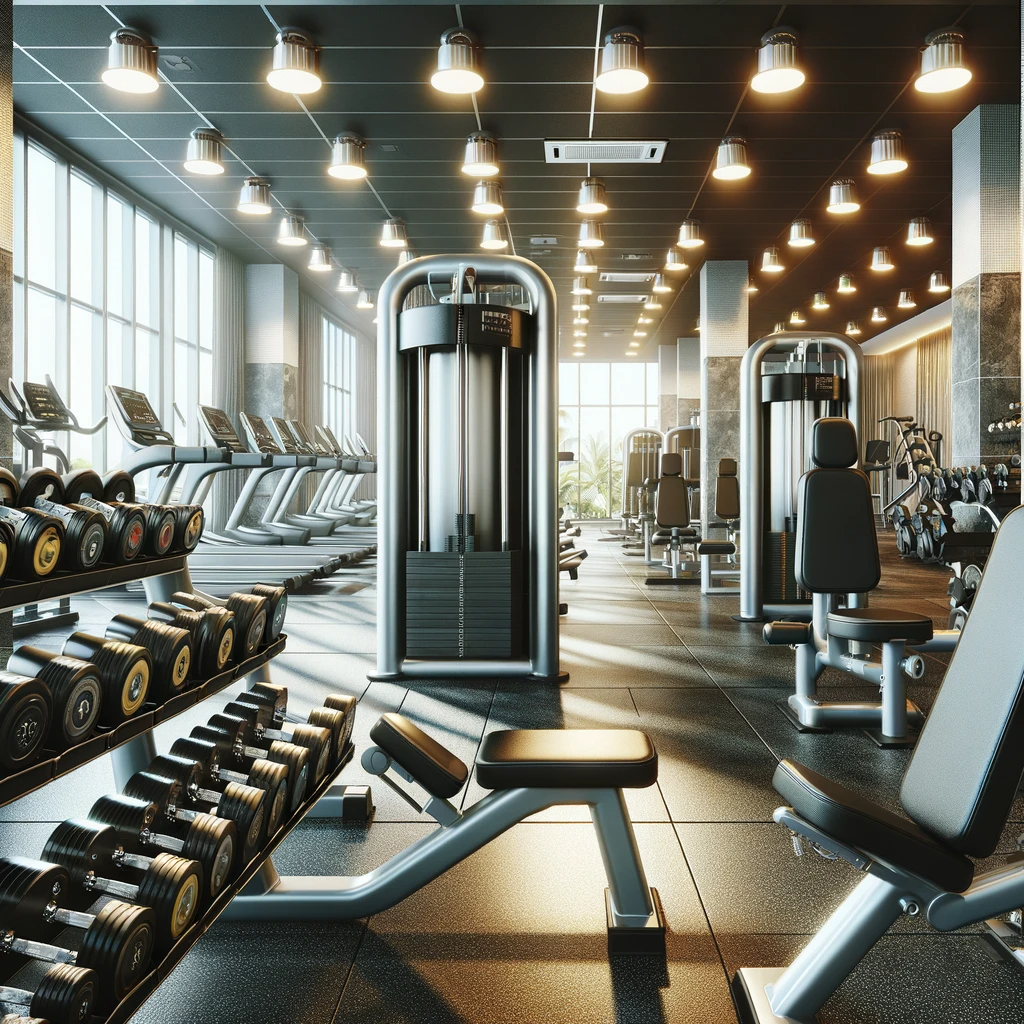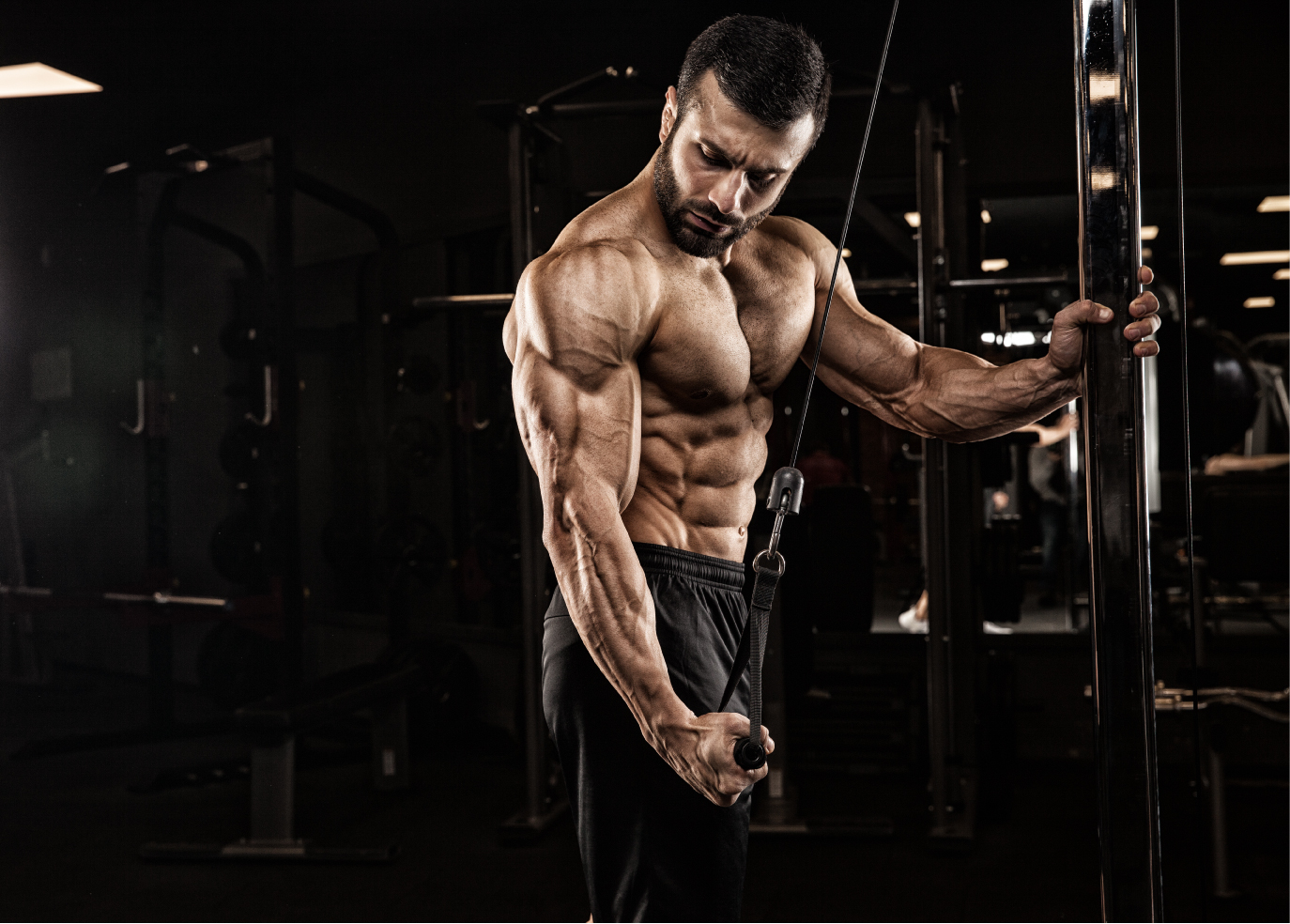
BFR training (Blood Flow Restriction) has a scary name to it. Any time I just mention it, I get a very weird look from whoever I’m talking to. I can’t blame them, I’m sure I had the same reaction the first time I heard the term. BFR isn’t new, but people are starting to implement it into their workouts more and more. With BFR training you will be able to break plateaus and gain muscle and strength with lighter weights! Yes, you read that correctly.
What Is BFR Training?
Blood flow restriction (BFR), also known as occlusion training, is when a person uses wraps/bands to restrict blood flow to specific muscles when they’re working out. Usually, these bands are placed on the upper arms or upper thighs when training. When performing BFR training, you restrict the veins (not arteries) blood flows into the muscle and also prevent it from leaving the muscle. Essentially, blood is being trapped in the muscle.
If you’ve worked out long enough, you know what a “pump” is; it’s one of the best feelings in the world and you wish you could always look as good as your pump. When you do BFR training, you will have the CRAZIEST pump of your life for the reason that blood is trapped in your muscle. It’s one of the reasons your muscles grow.
This pump is also known as cell swelling. Cell swelling and metabolic stress are key factors in muscular growth. Another contribution to muscular growth is the fact that you’re fatiguing your muscles extremely fast. When you fatigue your muscles, your body has to start recruiting more fast twitch muscle fibers which have a greater chance of growing.
How To Use and do BFR Training
We understand now that BFR training has enormous benefits like increased strength and muscle size. So how do you go about starting BFR training? Let’s first go over some fundamentals of how to use BFR to your advantage and how to apply it to your workout.
Exercises and Repetitions
When training with BFR you don’t need to use heavyweight. Most optimal results come when using about 20% of your 1RM for high repetitions. For example, if I can do leg extensions for 200lbs for about 8 - 10 reps I would use around 90 - 100 lbs doing BFR for about 20-30 reps. You can apply BFR to any part of your workout-squats, bench, deadlift, curls, leg press etc. It’s up to you what workouts you want to do it with. You could also do a whole BFR workout and still do heavy sets. However, you will fatigue fairly fast and your form may be sacrificed which can lead to injury.
Another thing is that when I do BFR training, I like to cut down on my rest time between sets unless it’s a compound movement (squats, bench, deadlift etc). If I’m doing isometric exercises (curls, leg extensions, tricep pulldowns, etc.) I cut down my rest time to 20-30 seconds between sets. This increases the intensity and volume of your training.
Band Tightness
When applying the bands, the general rule is that on a scale of 1 - 10 in terms of tightness, you want to be around a 7 (10 being really tight.) If at any time you’re experiencing numbness or pain, loosen up the straps. Personally, I worked my way up and started at a 4 in tightness and slowly progressed to 7 to make sure I wasn’t going too tight and to learn how my body responded to the exercises.
How to Apply the Bands
Upper Body
If you’re doing any upper body workout you want to place the bands right above your biceps/ right below your shoulders.
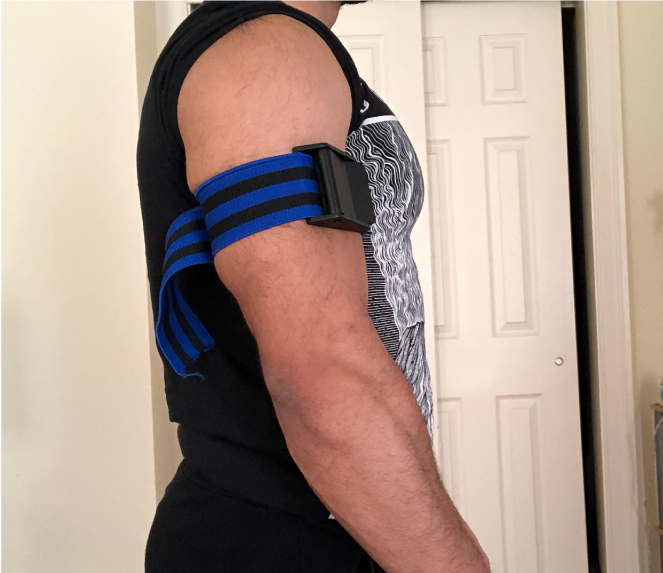
Lower Body
If you’ll be performing any type of lower body workout, you want to place the bands on your upper thigh. It can be placed outside or inside your clothing as well.
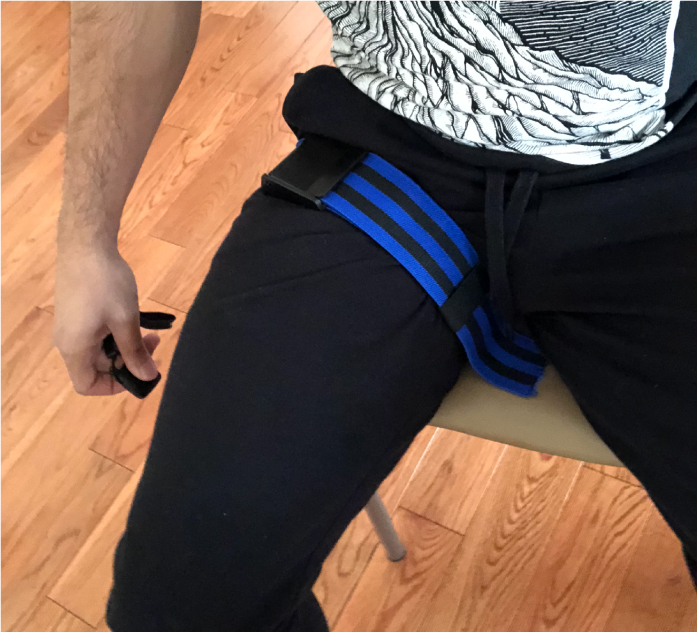
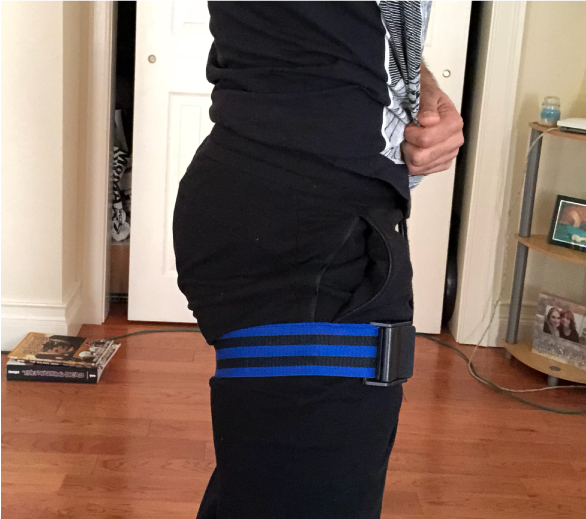
BFR Training Safety and Final Thoughts
BFR Training is a very safe method of training and has been proven many times to be. Physical therapists even use BFR training on clients to help them recover from injuries. It’s a great tool to use. I like to only train BFR 2-3 times a week. I don’t like to do heavy lifting and BFR together because it causes me to fatigue too quickly and can sacrifice my form. If you implement BFR training into your schedule, I promise you that you’ll have great results in strength and muscle gain! Currently, I use these straps and they’ve worked wonders!
If you're looking more into recovery and what you can do for it, try taking a deload week.
Note: The link above is an affiliated link.
References
Hughes L, Paton B, Rosenblatt B, et al.Blood flow restriction training in clinical musculoskeletal rehabilitation: a systematic review and meta-analysis Br J Sports Med 2017;51:1003-1011.
Yamanaka, Tetsuo, Farley, Richard, Caputo, & L, J. (2012, September). Occlusion Training Increases Muscular Strength in Division.: The Journal of Strength & Conditioning Research. Retrieved February 10, 2018, from https://journals.lww.com/nsca-jscr/fulltext/2012/09000/Occlusion_Training_Increases_Muscular_Strength_in.29.aspx
Loenneke, Paul, J., Pujol, & Joseph, T. (2009, June). The Use of Occlusion Training to Produce Muscle Hypertrophy : Strength & Conditioning Journal. Retrieved February 10, 2018, from https://journals.lww.com/nsca-scj/Fulltext/2009/06000/The_Use_of_Occlusion_Training_to_Produce_Muscle.11.aspx
Get a Free Guide!
Similar Posts
Explore the pivotal role of using chalk when lifting. Find out why this can be the tool to increase your strength and help you reach your goals.
Learning to optimally rest between sets can give you the advantage you need to lift more and make better gains. Discover all the ways to do so.
Machines or dumbbells for hypertrophy has been a ongoing debate for so long. Find out which is better at effectively building muscle.
